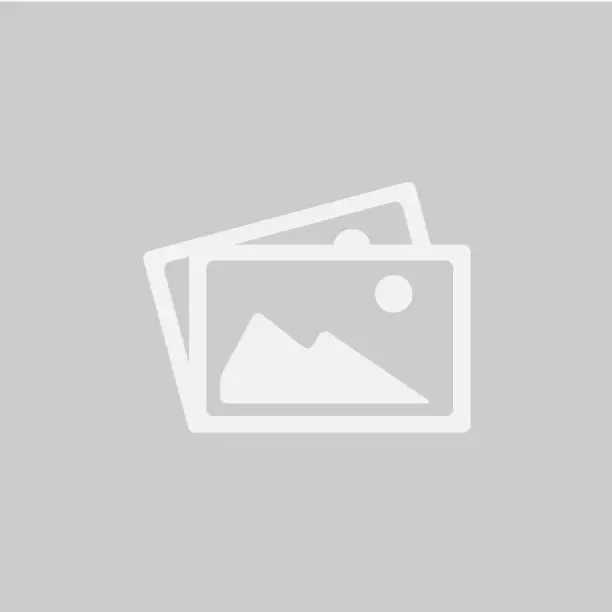Paso Bravo Overview
Paso Bravo National Park, known locally as Parque Nacional Paso Bravo, is a remote and rugged protected area in the Concepción department of Paraguay.
Covering approximately 637 square miles (1,650 square kilometers), this park lies within the vast Gran Chaco region, a semi-arid expanse known for its extreme climate, dense thorny forests, and rich biodiversity. The landscape is characterized by rolling hills, deep ravines, dry riverbeds, and a mix of xerophytic vegetation, including quebracho trees, palo santo, and cacti. The Río Apa, a crucial water source in the region, runs along the northern edge of the park, creating a stark contrast to the otherwise arid surroundings.
The park is home to a variety of wildlife, including some of South America’s most elusive species. Mammals such as jaguars, pumas, ocelots, and tapirs roam the dense forests, while giant anteaters and armadillos are often spotted foraging in the undergrowth.
Paso Bravo is also an important birdwatching destination, with species like the red-legged seriema, harpy eagle, and toco toucan thriving in its diverse habitats. The region supports a range of reptiles, including caimans and various snake species, as well as an abundance of insects adapted to the harsh environment.
One of the park’s most striking features is its remoteness, offering a sense of pristine wilderness rarely found elsewhere. The challenging terrain and lack of major infrastructure make it an ideal destination for adventurers seeking solitude and a deeper connection with nature.
Visitors can engage in off-the-beaten-path hiking, wildlife observation, and photography, but due to its isolation, proper planning is required. The park’s rugged beauty, combined with its ecological importance, makes it an underrated yet significant conservation area within Paraguay’s protected park system.
Paso Bravo faces several conservation challenges, primarily due to illegal logging, poaching, and habitat fragmentation. The harsh climate and limited accessibility make conservation efforts difficult, yet the Paraguayan government and environmental organizations have made progress in protecting the park’s biodiversity.
Conservation efforts have focused on habitat preservation, wildlife monitoring, and community involvement to curb deforestation and illegal activities. While challenges remain, the park continues to serve as a critical refuge for some of Paraguay’s most endangered species.











































































